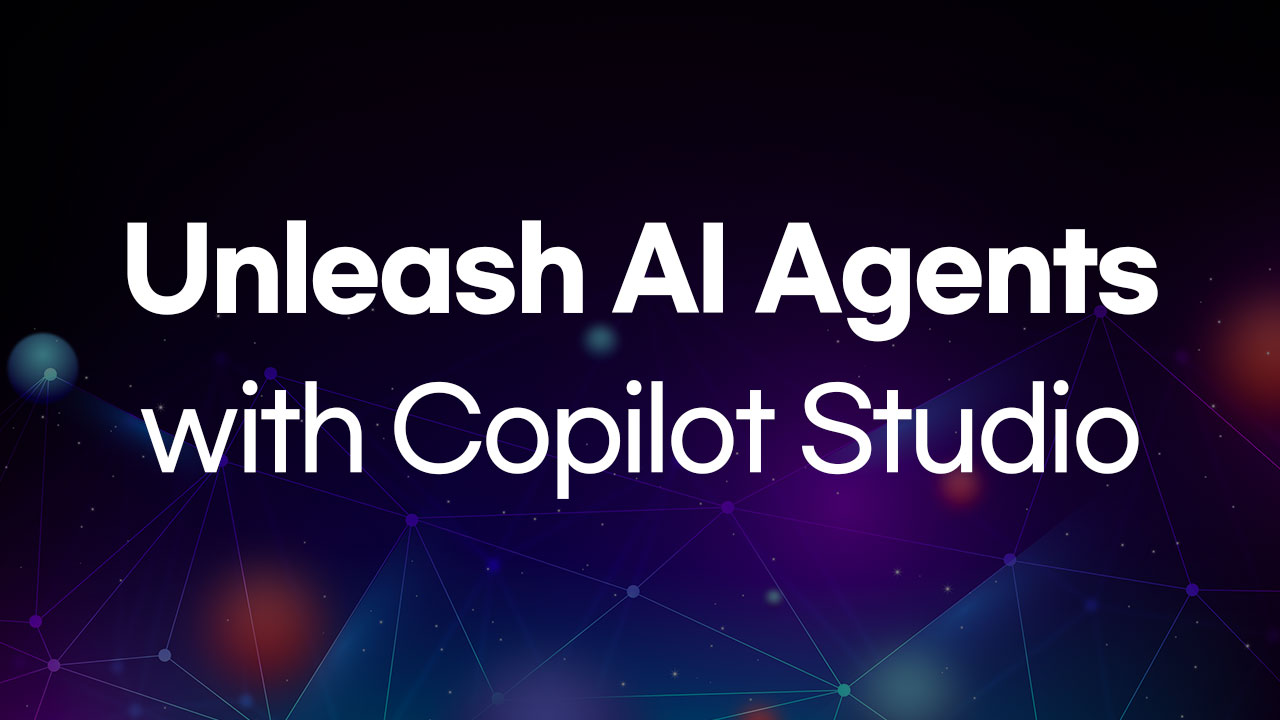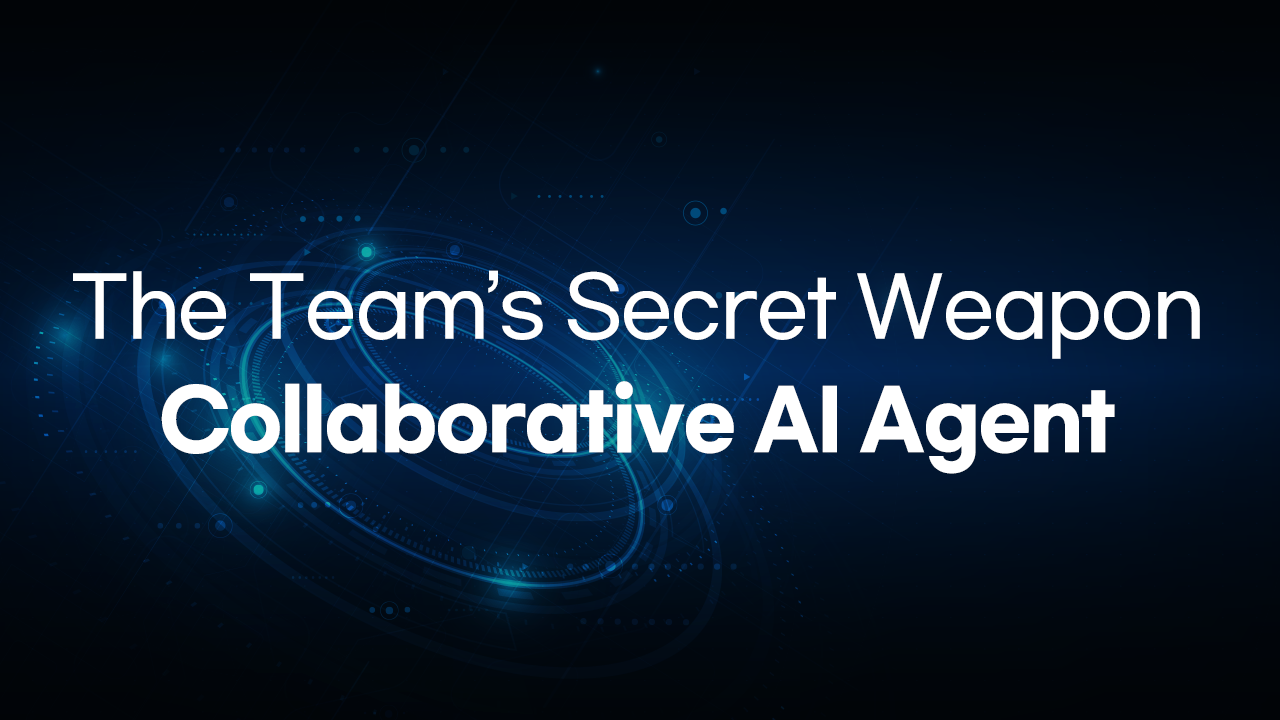Choosing the Right AI Model: Why it matters more than ever
New AI models are constantly being released, and existing ones are evolving at a rapid pace. Over the past decade, the emergence of large foundational models has driven AI adoption across a wide range of industries, including manufacturing, retail, finance, and healthcare. AI is now capable of handling complex tasks, considered the exclusive domain of human intelligence, fundamentally transforming the way we interact with technology.
As AI model providers continue to expand their portfolios, technical decision-makers are faced with increasingly complex choices. There is no single model that fits all use cases—thousands of models are already on the market. Navigating this vast landscape to find the most suitable model for a specific application is no easy task, but it is a crucial step in any successful AI strategy.
To address this challenge, developers and AI professionals are calling for better ways to compare, select, and optimize models throughout the development lifecycle. In response, Microsoft has introduced the Azure AI model catalog—a unified platform that brings together the latest open-source and proprietary foundational models. This allows organizations to explore and experiment with leading AI models within a single user experience (UX), making it easier to identify solutions aligned with their business goals.
Why Model Selection Matters
Choosing the right model impacts more than just cost or performance—it lays the foundation for long-term success and innovation. The direction and outcome of an AI project can shift dramatically based on this critical decision.
- Performance and Accuracy: Leverage strengths Selecting a model tailored to the use case enables organizations to harness the strengths of each model, enhancing both accuracy and overall performance.
- Flexibility and Adaptability: Customize for success The right AI solution should be adaptable to specific industries, audiences, and environments, enabling more effective and efficient outcomes.
- Scalability and Efficiency: Balance matters Maintaining high accuracy while scaling to meet user demands requires a careful balance between performance and resource utilization.
- Cost and Resource Management: Optimize investment Strategic model selection helps minimize unnecessary spending and makes the most of existing resources, delivering a more cost-effective solution.
- Futureproofing and Innovation: Stay ahead
Selecting a model with future adaptability in mind ensures sustained growth and competitiveness in an ever-evolving AI landscape.
Key Factor that Influences Model Selection
- Nature of the Task: Different AI models excel at different tasks. Understanding the specifics of your use case—whether it’s NLP, audio, computer vision, or multimodal—is essential.
- Computing Resources: The infrastructure available—cloud, on-premises, or edge—affects which models can be deployed and operated efficiently.
- Deployment Options: Consider latency, scalability, and access methods when evaluating whether a model can be run locally, in the cloud, or on edge devices.
- Model Openness and Interpretability: Transparent and interpretable models are especially important in regulated industries and high-trust environments.
- Performance Requirements: Evaluate accuracy, prediction speed, consistency, and robustness over time to determine the most suitable model.
- Complexity and Precision: Models vary in parameter count and complexity. Techniques like quantization can help balance performance with resource requirements.
- Security and Privacy: Models with advanced data protection capabilities are critical when handling sensitive information.
- Customization and Scalability: A model’s ability to be fine-tuned and scaled effectively can have a direct impact on its long-term business value.
When to Evaluate AI Models
Model selection should be an ongoing consideration across the AI development lifecycle. The following three questions mark key points:
1. Prototyping
Can AI effectively address your use case?
2. Optimization
Which model best fits your specific application?
3. Production
Can the chosen model scale effectively under real-world workloads?
If you’re looking for deeper insights into model selection strategies and want to explore real-world customer success stories, click the “Learn More” button below. You’ll discover how leading organizations are applying AI to drive tangible business outcomes—and how your team can do the same.
If you need Consulting about Data & AI based on Cloud, Please contact Cloocus.
Related Posts

Cloocus Corp.
[United States] 500 7th Ave. Fl 8 New York, NY 10018 | Tel.+1 408.7722024 | E-mail.info_us@cloocus.com
[Malaysia] A-3A, Block A, Level 3A, Sunway PJ51A, Jalan SS9A/19, Seri Setia, 47300 Petaling Jaya. | Tel.+6016 331 5396 | E-mail.infoMY@cloocus.com
[Korea Headquarter] 6, Nonhyeon-ro 75-gil, Gangnam-gu, Seoul, Republic of Korea 06247 | Tel.02-597-3400 | E-mail.marketing@cloocus.com
[Korea Busan Campus] 55, Centum jungang-ro, Haeundae-gu, Busan, Republic of Korea | Tel.051-900-3400
[Japan] ARK Hills Front Tower, 2-23-1 Akasaka, Minato-ku, Tokyo | Tel.+81 3.5575.7808 | E-mail.infoJP@cloocus.com
Copyrights 2024 Cloocus co.,ltd. all rights reserved.




